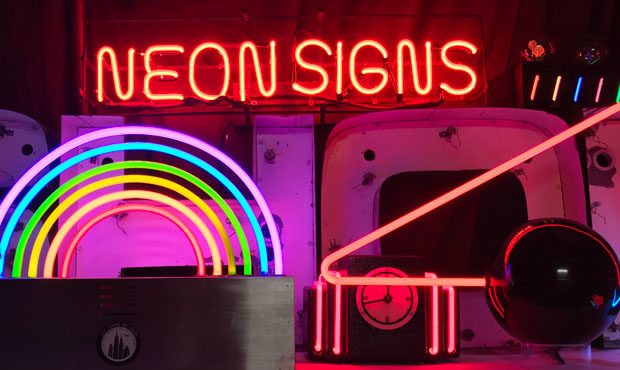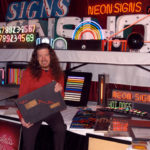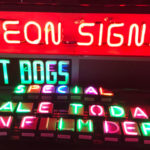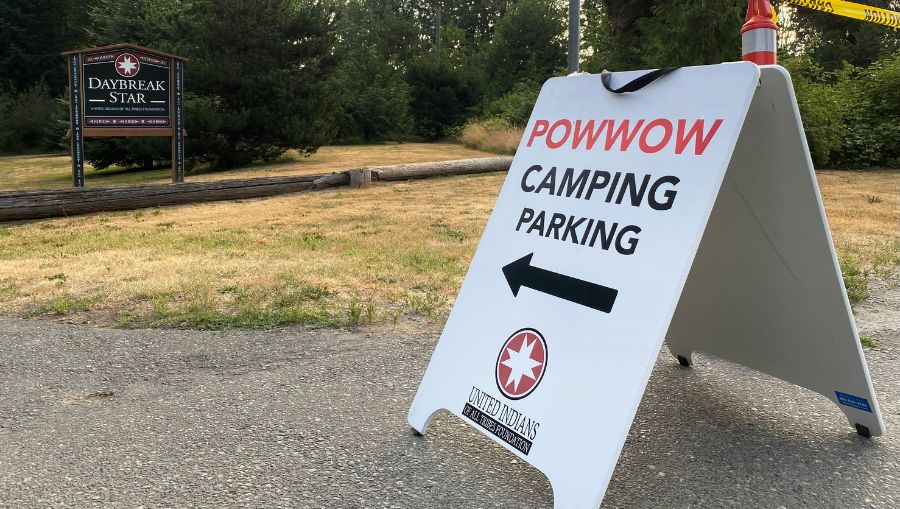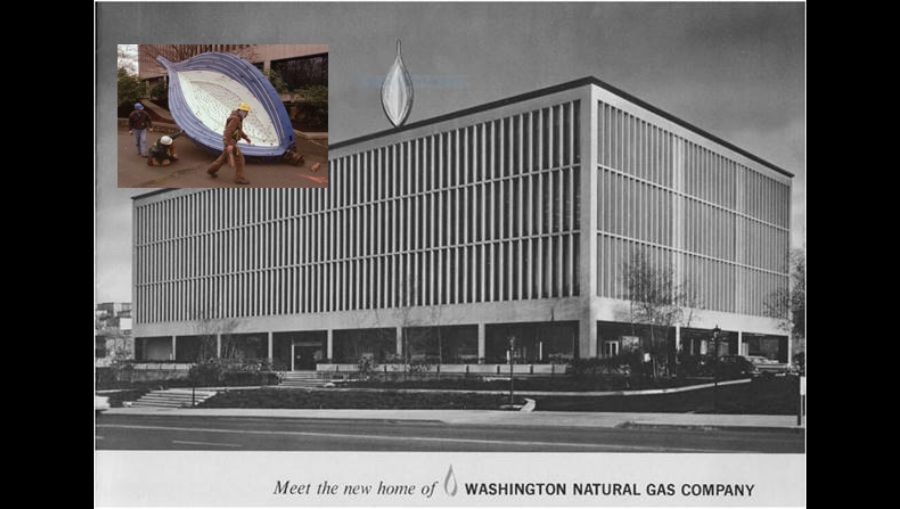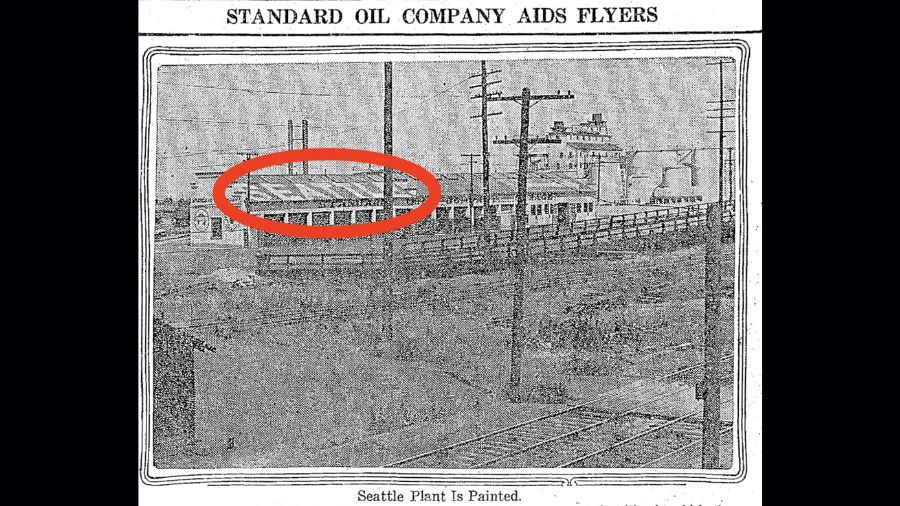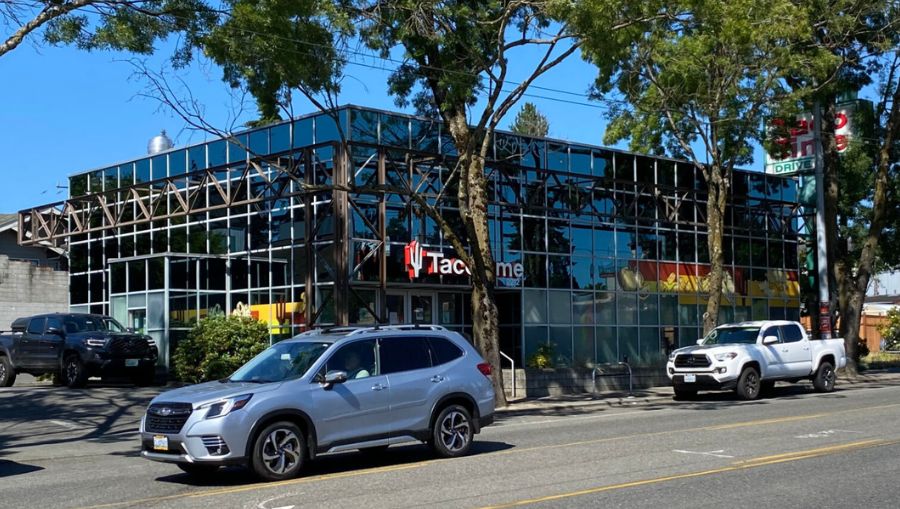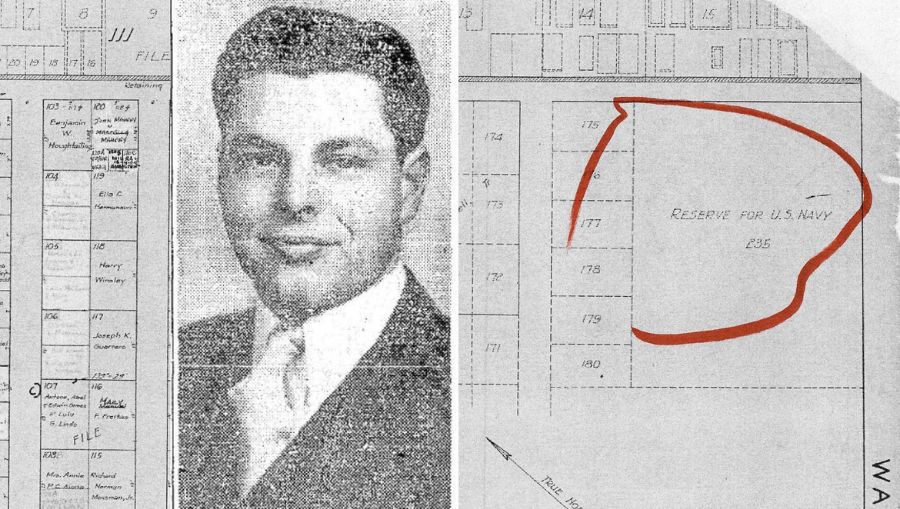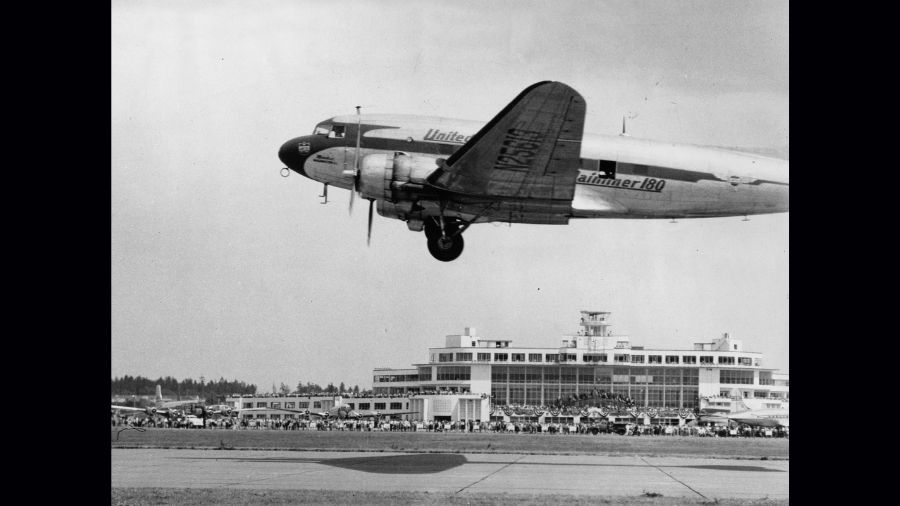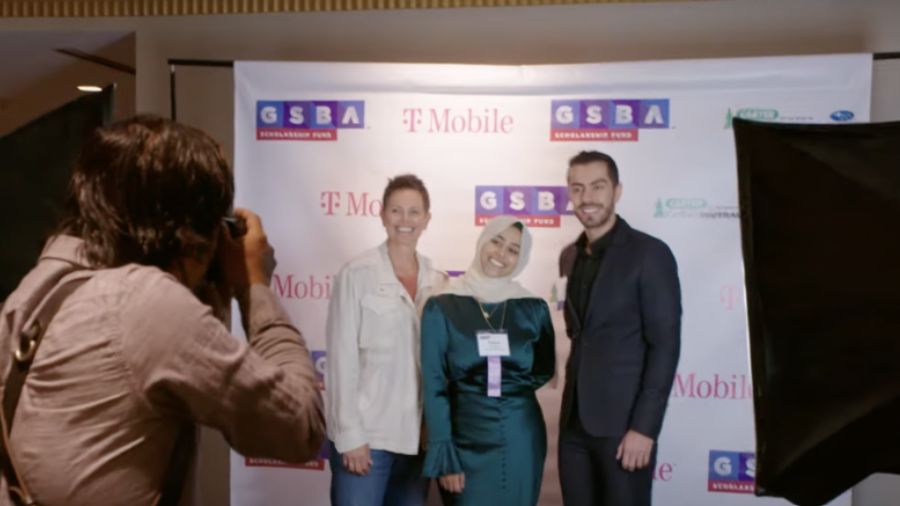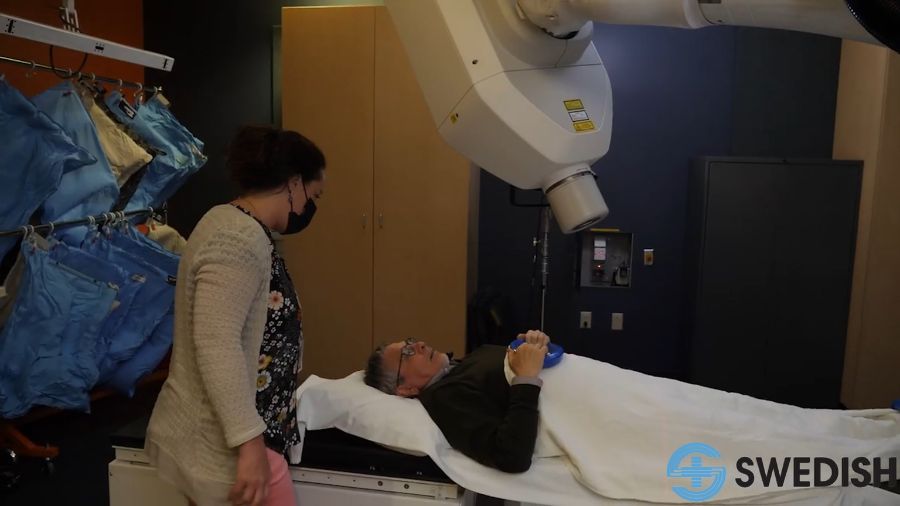Seattle neon fanatic seeks home for his collection of signs
Mar 3, 2021, 9:24 AM | Updated: 11:01 am
A local man who’s obsessed with neon has spent the past few decades putting together a sizeable collection of signs and other neon artifacts. Now, facing an uncertain future, those signs and other artifacts are in search of a new home.
Bob Kaufman had a neon business in Seattle for two decades after moving here from California. He helped rescue some famous vintage neon over the years, like the original 1940s Ivar’s sign from Pier 54, and original letters from the Paramount Theatre. He also did a lot of small jobs for individual collectors and a number of home installations for elaborate man caves. And during those 20 years, he amassed what sounds like a fairly interesting collection.
Their specific history aside, neon signs are broadly popular as local landmarks and naturally draw public and media attention, such as when the Elephant Car Wash sign went to MOHAI last year, or when local historian Brad Holden uncovered the previously untold story of prolific local neon designer Bea Haverfield.
But Bob Kaufman is no casual, occasional consumer of neon culture. He says he first got hooked on neon in his native California in the early 1980s.
“I didn’t come from much, and I always loved these neon store fronts,” Kaufman said. “They had neon around them. There were signs that drew you in. There was this beautiful red fire glass, these blue argon, cobalt colors on a wet early evening when things were good.”
Kaufman, who previously worked as a photographer and in the film industry, brings a cinematic eye to his deeply nostalgic feelings for neon.
“For evening entertainment on a Friday night, you see the 1950s diner,” Kaufman said. “And you have glow on the sidewalks and it drew people in. And that glow could capture [the color], like Kodachrome film back in the day, and nothing touches that image because it tells a story.”
“You feel like you’re in that time, and nothing else matters,” he added.
Kaufman says he doesn’t own any big neon icons, exactly. Instead, he has about 20 to 30 small neon signs, and they’re not all from the Northwest, though many of them are. What the collection does include are a number of “salesman samples” and signs that were built to advertise neon sign shops. It also includes several individual neon letters.
But Kaufman didn’t collect only signs. He also built a sizeable stash of neon research materials, too.
“I have one of the largest privately owned archive collections in existence,” Kaufman said. “It entails pretty much every oral written history of anything that was published on neon in the last hundred years, every book, [and] most [are] first editions. [These are] things that are not publicly available.”
Along with collecting, Kaufman also acquired a dream of someday creating a neon museum here, which he says just didn’t pencil out as the Seattle real estate market got more and more expensive.
According to Kaufman, there are about a half dozen or so serious neon museums around the country, including the National Neon Sign Museum in The Dalles, Oregon; the American Sign Museum in Cincinnati, Ohio; and the Neon Museum in Las Vegas, Nevada. He says that most of those are really focused on the glitz factor of neon signs. That is, they display the big, colorful, iconic and interesting signs, which is perfectly fine with Kaufman.
However, from Kaufman’s perspective, at least one aspect of neon sign history is missing from many of those glitzy museums.
“What [most museums] don’t show and [have] never shown is the people, the designers, the artists that made those signs possible,” he said. “The people who never ever got credit for being true artists of their time [for] taking what those businesses stood for and turning them into signs that drew the population of people in that created a business.”
Kaufman believes the tradesmen who designed and built neon signs – the builders are known colloquially as “benders” for the bending of glass tubes that make up neon signs – are true artists who deserve more credit than they’ve ever received.
“It’s the artist that makes those signs possible,” Kaufman said, who also collected works by neon artists as well; neon made as decoration rather to promote a particular business.
This “workbench-level” view of the entire spectrum of the neon industry – maybe call it “behind the signs” – is unusual and potentially more historically valuable than a focus only on iconic signs. It’s also at least partially informed by the many old-timers in local neon businesses who Kaufman met and got to know over the years, and from whom he acquired much of his unusual collection – which also includes a complete neon workshop set-up dating from circa 1940.
As unusual and interesting as Kaufman’s perspective on neon signs and neon history is, it’s no help for the tough reality he’s now facing, and which the pandemic hasn’t made any easier to address: serious illness.
“Unfortunately, I have some really big health issues and I need to have open-heart surgery,” Kaufman said, explaining why he now wants to find a home for his collection.
“I want to pass on the torch. I don’t want to put any other burden, if something were to happen, on my family before I do this,” Kaufman said. “I was in a position in the end of 2019 to have this done, but thanks to COVID, everything’s been postponed.”
“This is not the way it was supposed to happen,” Kaufman said, echoing what so many of us feel about countless dashed plans in the past year. “But you live with it.”
To be clear, Kaufman is not looking to sell his collection. He wants to donate it to the right organization or institution. You can tell it means a lot to him, and that he’s worried about the future of his family, but also of what he’s amassed. Like any passionate collector, it’s hard to think about your life’s work – the collection you painstakingly assembled – being cast to the wind once you no longer have control of it.
KIRO Radio spoke with a representative of one the major neon museums about Kaufman’s collection. Staff at many of the neon museums in the United States know who Bob is and have at least some idea of what he has in his collection. It’s too early to say, but there might be an effort coming together to help the collection find a home, or maybe multiple homes, within the neon museum community.
And maybe if some kind of deal comes together to save the collection, it will all happen on a Friday night like the one that first inspired Bob Kaufman’s love of neon all those decades ago.
That would certainly make the sidewalks and wet streets glow as only a neon sign can do.
You can hear Feliks every Wednesday and Friday morning on Seattle’s Morning News and read more from him here. If you have a story idea, please email Feliks here.

